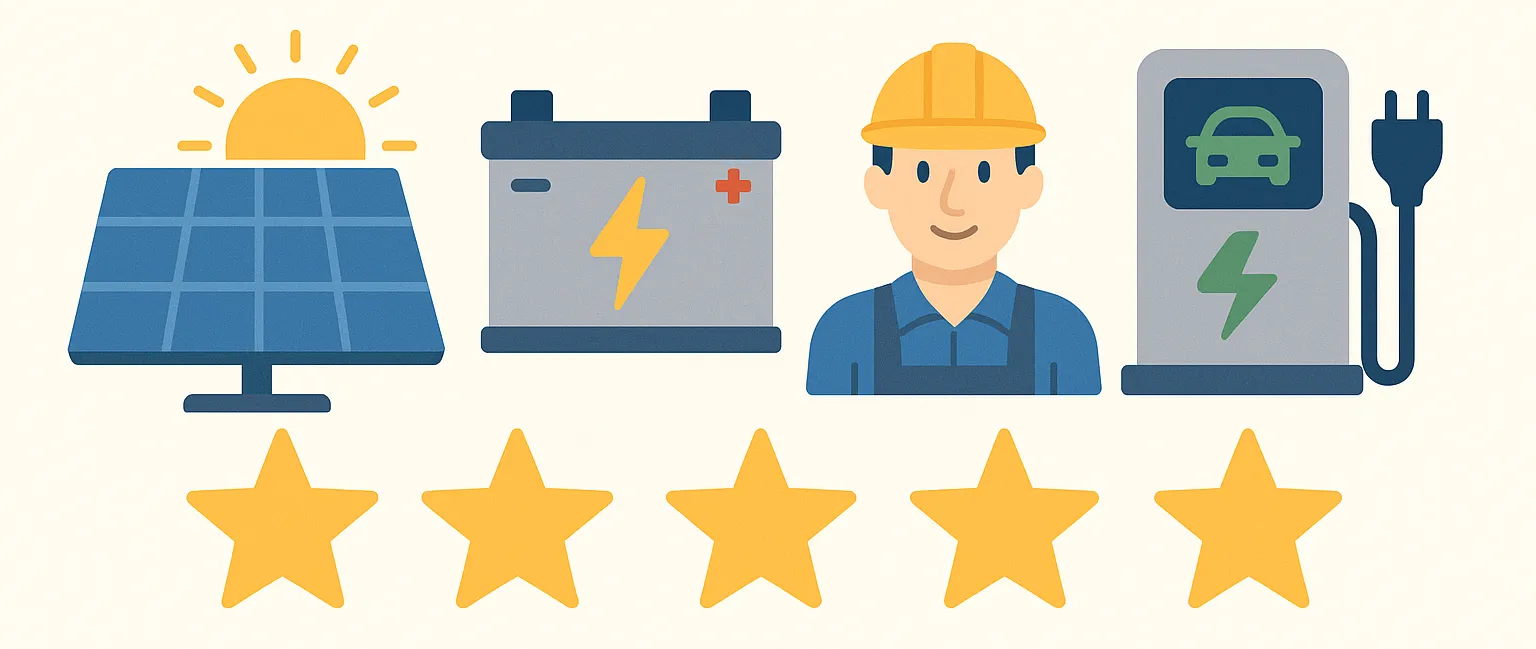Car parts manufacturer Precision Components has partnered with the University of South Australia to open the concentrated solar research field in the northern suburbs of Adelaide, South Australia.
The partners will also look to develop a Wi-Fi controlled system to manage heliostats remotely.
The trial includes 25 heliostats each measuring 7.2 square metres and a 16-metre-tall concentrated solar photo-voltaic (PV) receiver, which can generate about 30kW of electricity per hour.
Heliostats concentrate sunlight onto a tower and depending on the type of receiver unit either heat molten salt to generate steam to power turbines to generate electricity or convert sunlight directly into electricity using a high efficiency solar cell receiver.
The tower at the trial site can be adapted to trial both direct PV and molten salt technologies.
While the heliostats at the solar field are currently made of traditional glass, the researchers are working on adapting South Australian thin film coating technology to produce lightweight and durable polycarbonate mirrors.
It is not the first time the University of South Australia has partnered with industry to commercialise its world-leading thin film coating technology.
The group of researchers partnered with SMR Technologies, a car mirror manufacturer in Adelaide’s southern suburbs, to commercialise the world’s first fully plastic auto mirror in 2012. About 4 million of the light, shatter-proof mirrors have since been exported around the globe.
An adaptation of this technology has already begun with the long-term goal of developing tough, ultra-high reflectivity mirror coatings on polycarbonate to make cheaper and more efficient heliostats that stay cleaner for longer.
Issues with glass heliostats include their weight, which often require extensive footings, transport costs and lack of Australian-made supplies.
Glass heliostats also usually need to be assembled on site, adding to construction costs.
University of South Australia deputy vice-chancellor research and innovation Tanya Monro said the field would allow Heliostat-SA to generate a rapid cycle of testing and product development.
Professor Monro said the site would also build on existing technologies developed by the CSIRO at its test facility near Newcastle in NSW.
“It was estimated that 5GW of solar thermal power was installed worldwide in 2015 and it’s predicted to be 22GW by 2025 and the heliostats are an absolutely vital component of this,” Munro said.
“Currently all of those heliostats installed worldwide use glass with a thin layer of silver located at the rear of the glass so the light from the sun needs to travel twice through the glass material – the glass is also heavy, fragile and hard to install.
“We believe if we can use some of the innovations in this area to make plastic heliostats where the coatings are on the front they will be lighter, less fragile, cheaper and stay cleaner for longer.”
The test site comes at a critical time for South Australia following the announcement in August that global company Solar Reserve would build a 150MW solar thermal plant, Aurora, in the state’s north.
It also coincides with the winding down of the state’s automotive industry. Australian car manufacturing officially ends next week with the closure of Holden’s Elizabeth plant just a few kilometres from the solar field.
Precision Components has previously relied heavily on the automotive industry but is seizing the opportunity to branch out into new fields to stay afloat. The company has also partnered with Bustech to form Precision Buses. That joint venture last year secured $2 million in South Australian Government funding to manufacture advanced diesel and electric buses on the same site as the heliostat field.
Last year Precision Components and Heliostat-SA, which share a factory, manufactured 150 heliostats for a solar project in Yokohama, Japan.
“This is another significant step in the diversification strategy we implemented to safeguard the future of the business and to create employment opportunities for South Australians,” Precision Components Director Mat Fitch said.
Under the solar trial joint venture, Heliostat-SA designs and manufactures solar energy technologies for both the concentrated solar power and PV tracking industry sectors.
South Australian Premier Jay Weatherill said the solar field pointed to a new manufacturing prospect for the state.
“Out of the ashes of old manufacturing we’re seeing new manufacturing, new technologies but using those skills and knowhow we acquired during those years when we were working as part of the supply chain to support companies like Holden, Ford and Toyota,” he said.
“In 10 days time Holden is gong to be closing and at instead of just accepting that’s the end of manufacturing, we’re imagining a new manufacturing future with projects like this.
“We’ve got abundant solar resources but for us to optimise the technologies associated with solar thermal will put us at the centre of that thinking around the world.”
In July, Tesla CEO Elon Musk flew into Adelaide to announce his company would partner with French renewable energy company Neoen to build the world’s largest lithium-ion battery (100MW/129MWh) at Neoen’s Hornsdale Wind Farm in the state’s mid-north. South Australia leads the nation in the uptake of wind energy and rooftop solar with renewable sources accounting for more than 40% of the electricity generated in the state.
However, the closure of two coal-fired power stations in recent years has increased South Australia’s reliance on energy supplies from the eastern Australian states, particularly in times of peak demand.
News item provided courtesy of Ecogeneration - www.ecogeneration.com.au


